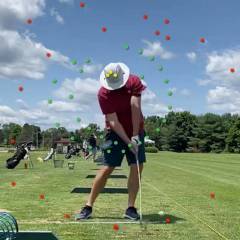IGNORED
A Decibel Meter as a Free Speed Meter?
-
Topics Being Discussed Right Now on The Sand Trap
-
How to Grip a Golf Club, Commonalities of a Functional Golf Grip 1 2 3 4 20
By mvmac, in Swing Thoughts
- 346 replies
- 202,175 views
-
- 11,083 replies
- 994,548 views
-
"5 Minutes Daily" Practice Challenge 1 2 3 4 1017
By iacas, in Instruction and Playing Tips
- 5 minutes daily
- dedication
- (and 6 more)
- 18,305 replies
- 1,867,856 views
-
- 2 replies
- 371 views
-
Athletic Motion Golf Video Featuring Our Own Erik Barzeski
By boogielicious, in Instruction and Playing Tips
- 5 replies
- 248 views
-





Recommended Posts
Create an account or sign in to comment
You need to be a member in order to leave a comment
Create an account
Sign up for a new account in our community. It's easy!
Register a new accountSign in
Already have an account? Sign in here.
Sign In Now